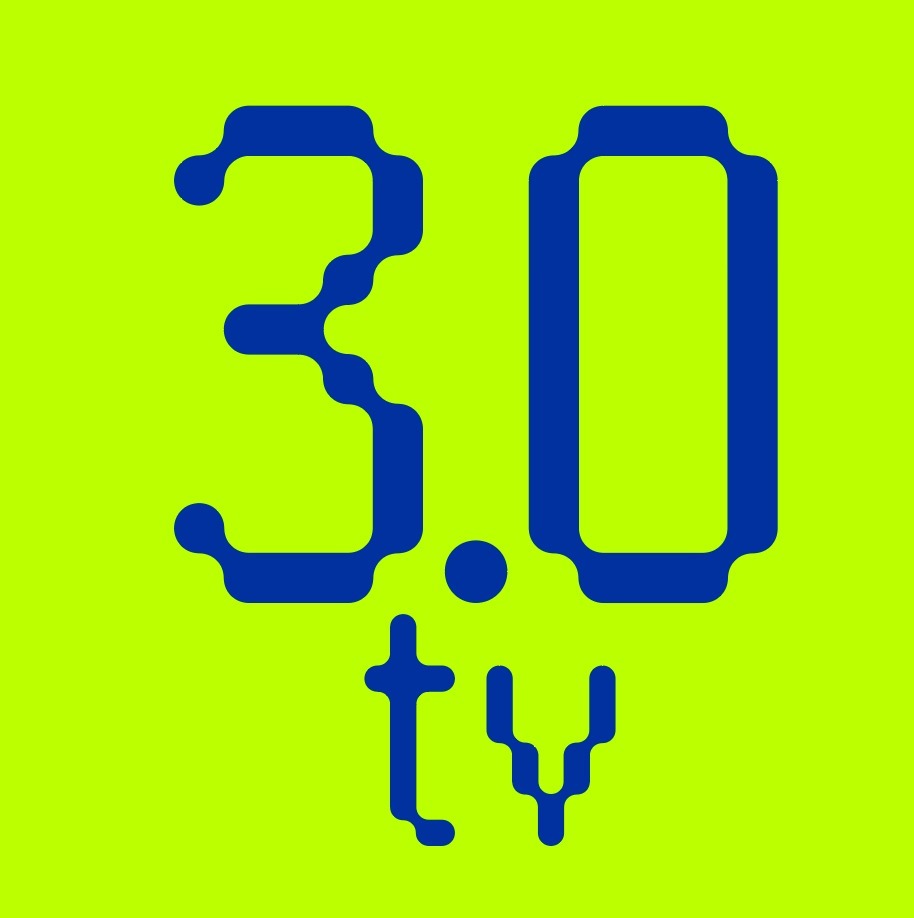You need to login in order to Like
What is Open Interest In Crypto Futures?
By Kapil Rajyaguru
In the financial markets, it is challenging to ignore open interest while trading futures and options. The rationale for open interest is that it provides insight into the overall functioning of the market, including potential future shifts. While a drop in open interest might lead to a deteriorating trend, a rise in open interest indicates growing market interest and the potential for long-lasting price changes.
Open Interest and Its Implication on Market Dynamics
Open interest may be used to gauge the direction of the market and give traders important information about both bullish and bullish circumstances.
Rising prices and growing open interests suggest a strong trend and possible upward momentum, which is encouraging for a favorable outcome. This convergence represents a consensus among market players and bolsters trust in the general upbeat attitude.
On the other hand, an unfavorable circumstance is defined by a rise in open interest even as prices decline, suggesting that the downward trend could continue. This alignment is an indication of ongoing selling pressure and traders’ agreement on the dire outlook.
To spot possible trend reversals, it is critical to examine variations in open interest. For example, a divergence between rising prices and declining open interest may point to a breakdown in bullish support and perhaps a reversal.
Similarly, a downward trend may be coming to an end and an upward reversal may be initiated if lowering prices and open interest converge. Open interest is a leading indicator that trend reversal-focused traders frequently use to predict changes in market sentiment and modify their trading techniques appropriately, allowing them to make better selections.
Open Interest and Trading Volume Explained
The trading volume, which is the total number of shares or contracts exchanged, indicates the amount of buying and selling that occurred over a specific time period.
Instead of making a distinction between recently purchased and current assets, it offers remarks on the market’s liquidity and immediacy.
Conversely, open interest measures the total number of open contracts in the market, representing all traders’ responsibilities. Unlike trading volume, open interest only takes into account contracts that are not delivered or are offset by a counter transaction.
Open Interest and Its Analysis
Open interest analysis is the cornerstone of many trading methods since it gives traders insightful information about market sentiment and possible trend developments.
Open interest is a common tool used to support or challenge established pricing trends. Rising open interest and rising prices indicate that the current trend is probably here to stay. On the other hand, a decline in open interest might point to a weakening of the trend if prices are rising.
Another tactic to think about is keeping an eye on price and open interest variations. Divergences, characterized as differences in open interest and prices, may indicate a trend reversal. For example, rising prices in the face of falling open interest might indicate that the present upward trend is slowing down.
Furthermore, traders frequently combine open interest with other technical indicators to enhance the decision-making process. Traders can gain a more comprehensive knowledge of market circumstances by combining open-interest research with additional analytical tools like moving averages or momentum indicators. This improved comprehension therefore helps determine the best trading positions.
Open Interest and Its Limitations For Crypto Futures
The market may not be fully represented by an open interest in bitcoin futures due to volatility, difficulties in distinguishing between closures and fresh activity, and the omission of institutional holdings.
One possible drawback is that open interest could not give a complete picture of how the market functions. Because changes in open interest can cause both offsetting transactions and the creation of new positions, it can be difficult to distinguish between fresh market activity and position closures.
Furthermore, the inherent volatility of the bitcoin market may cause abrupt and unpredictable changes in open interest, undermining the indicator’s validity when used alone. Furthermore, the open interest data could not accurately represent the size of significant holdings held by institutional participants, nor does it offer information on the exact dimensions of a given position.
In the dynamic and constantly changing world of bitcoin futures trading, traders and analysts often mix open interest research with other technical indicators to get around these limitations and gain a more detailed picture of market dynamics.
You need to login in order to Like

















